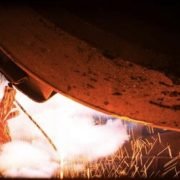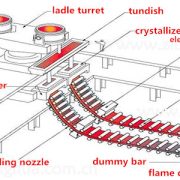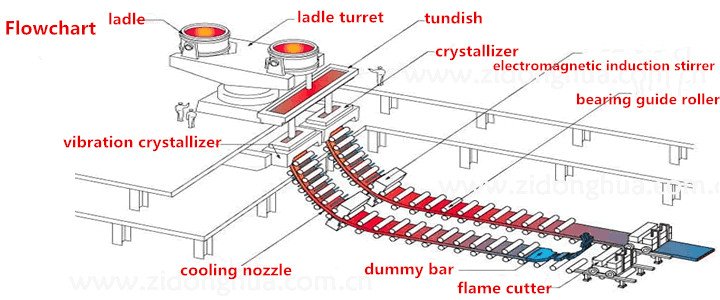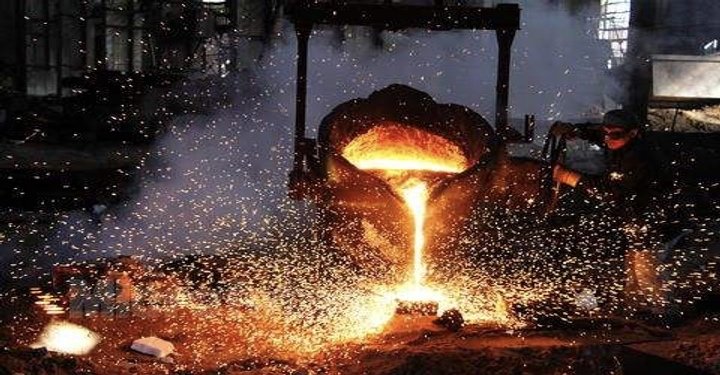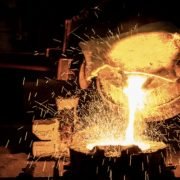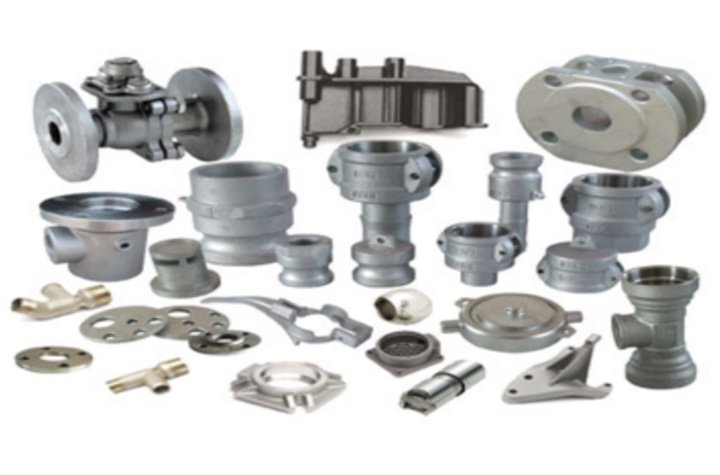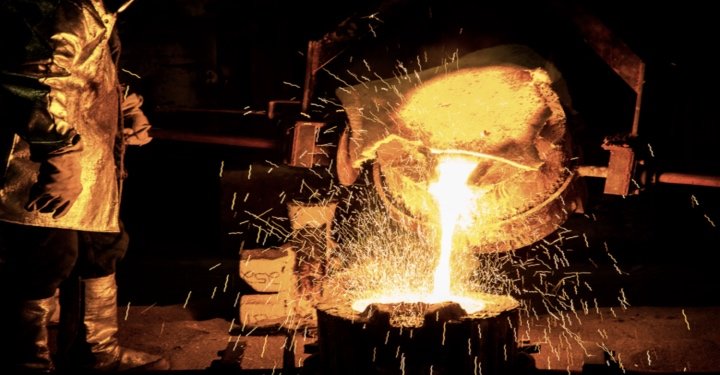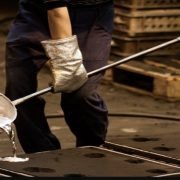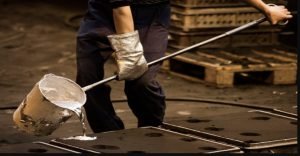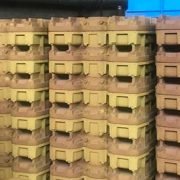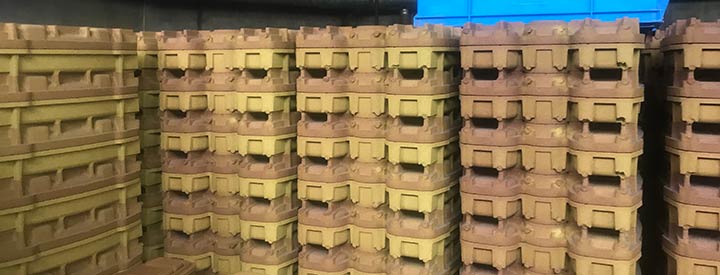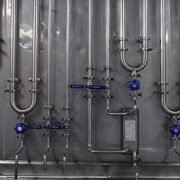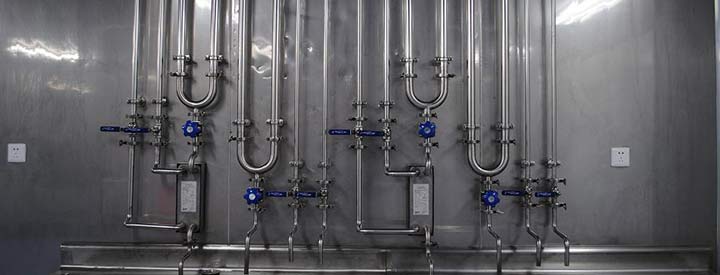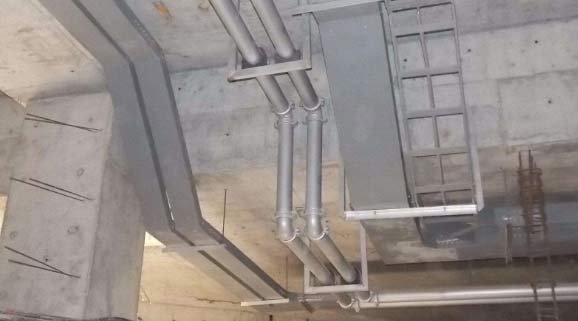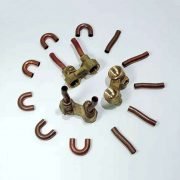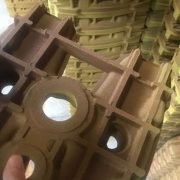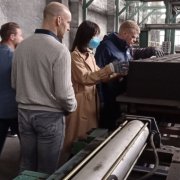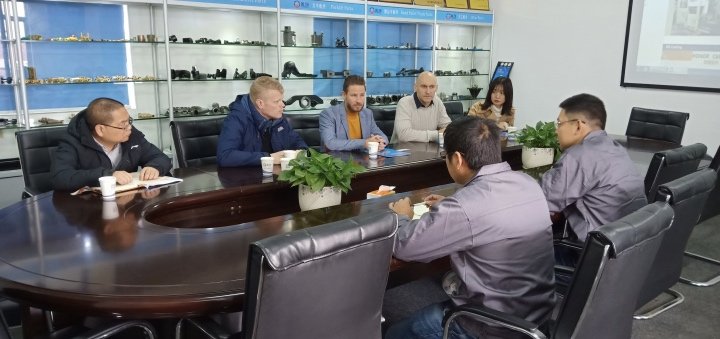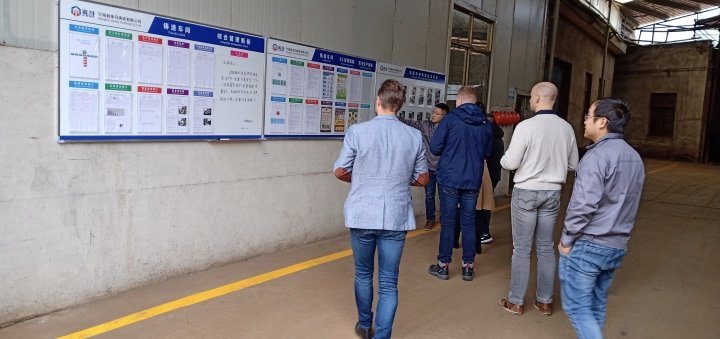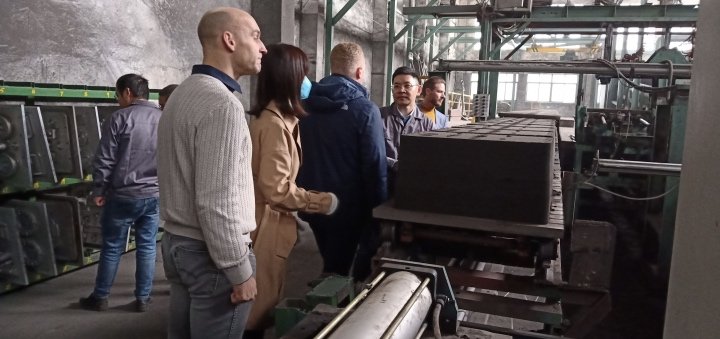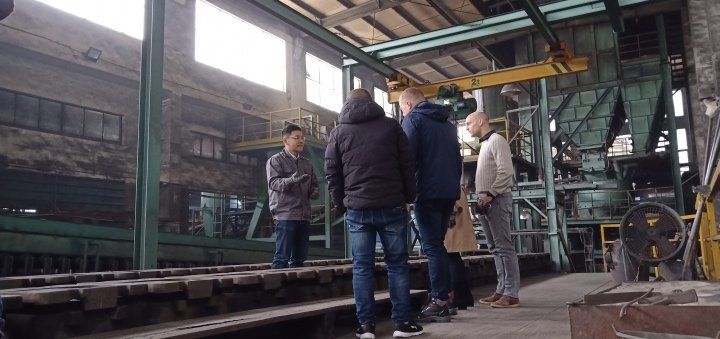How To Detect The Large Gray Iron Castings?
The detection method of large gray iron castings
Quenching, the detection method of large gray iron castings, is generally divided into three stages: vapor, boiling and convective heat transfer.
When the hot gray iron casting is put into the quenching medium, the medium around the casting is immediately heated to the boiling point and vaporized. Thus forms a superheated steam film on the surface of the castings to separate the casting from the quenching medium.
Due to the poor thermal conductivity of the steam film, the casting surrounded mainly depends on radiation and steam conduction. At this point, the casting cools slowly until the steam film ruptures and disappears, entering into the boiling stage.
Due to the presence of carbon nanotube particles, the oil-based carbon nanotube fluid breaks the formed bubbles, reduces the time of vapor stage, and enables different parts of the grey iron cast to enter into the boiling stage almost simultaneously with a high cooling rate. In the low-temperature stage of the cooling process, the cooling rate is relatively low. This greatly reduces the transformation stress of the martensite structure and the quenching cracking and distortion rate of the workpiece.
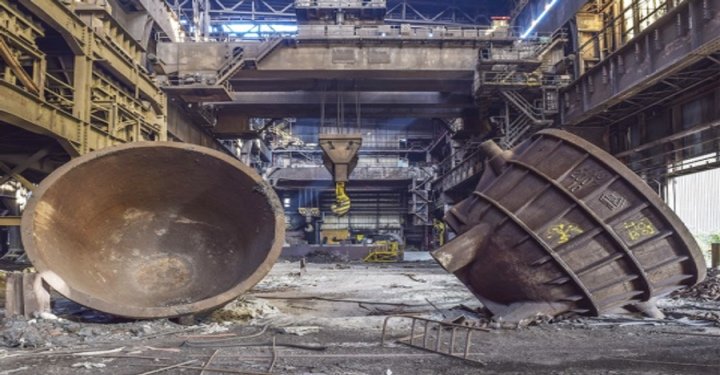
For the reasons mentioned above, the hardness of the sample in the oil-carbon nanofluid is significantly greater than that in 30# engine oil.
The failure modes of the cavity surface layer are mainly thermal fatigue cracks. The working characteristics of the low-pressure casting mold are affected by thermocycling. After each liquid metal is formed, the mold cavity is cooled by water, steam, air and other media. The working state of the mold cavity is repeated heating and cooling. As a result, the surface metal of the mold cavity undergoes repeated thermal expansion and contraction. That is, repeating tensile and compressive stress, resulting in cracks on the surface of the mold cavity.
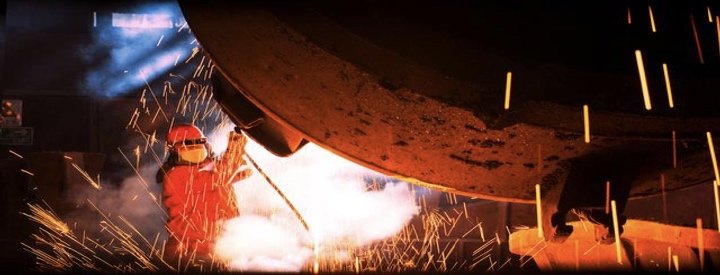
Therefore, hot die steel needs high thermal fatigue resistance. The main factors affecting the thermal fatigue resistance of steel are as below:
1. Thermal conductivity of steel
The high thermal conductivity of steel can reduce the heating of the metal on the surface of the mold. Thereby it can reduce the tendency of steel to thermal fatigue. It is generally believed that the thermal conductivity of steel is related to the carbon content. The higher the carbon content, the lower the thermal conductivity. Therefore, it is not appropriate to use high carbon steel for hot die steel. Generally, we chose medium carbon steel (Wc=0.3%~0.6%) in production. If the carbon content is too low, the hardness and strength of the steel will decrease.
2. The critical point of steel
The higher the critical point (Ac1) of steel, the lower the tendency of steel to thermal fatigue. Generally by adding alloying elements such as Cr, W, Si, etc. to increase the critical point of steel.
The test result is invalid for the following causes:
1. Improper installing of the sample on the test machine, or improper operation of the test machine.
2. The surface of the sample has casting defects or improper processing of the sample (such as transition fillet, surface roughness and unsatisfactory size, etc.).
3. the tensile sample breaks outside the gauge distance.
4. obvious casting defects on the tensile sample port.
In the above cases, we should re-sample on the same test block or from the same batch of poured test blocks and test again.
If you want to know more about grey iron casting, you are welcome to visit our Yide Casting factory – JM casting.
If you are looking for an excellent grey iron casting for automobile engine cylinders iron cast, gears gray iron cast, speed grey iron cast wheels, casting gray iron brake discs and iron cast grey casting drums, and grey cast iron large machine tool bases, forklift casting, pipe grey iron parts, manhole over grey cast iron, Yide casting is a good choice for your casting parts manufacturing, please feel free to contact us for more details.

